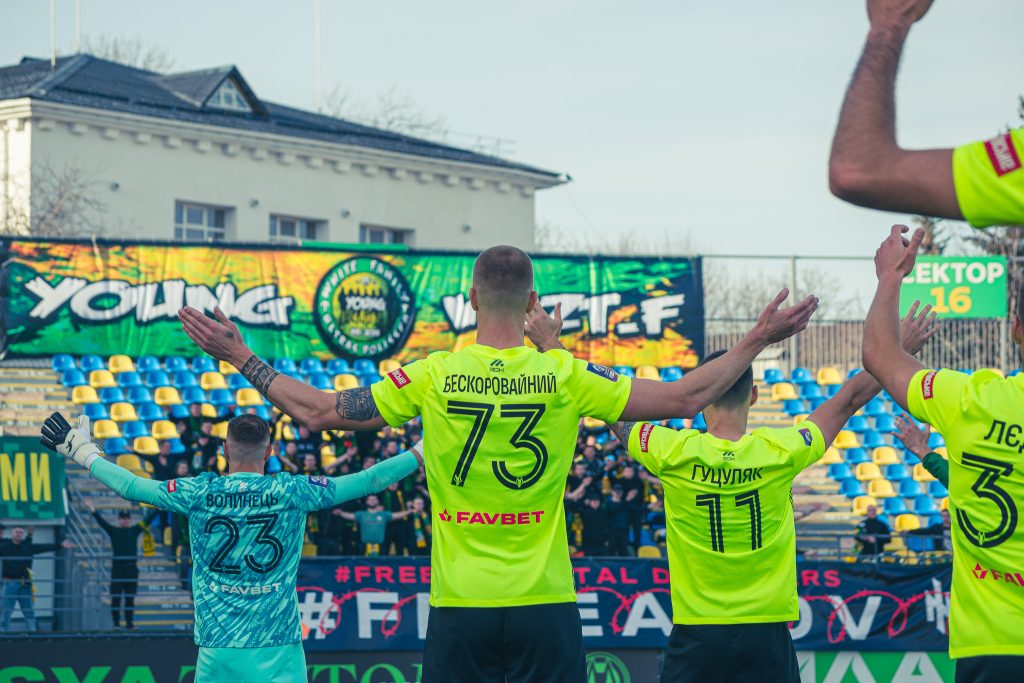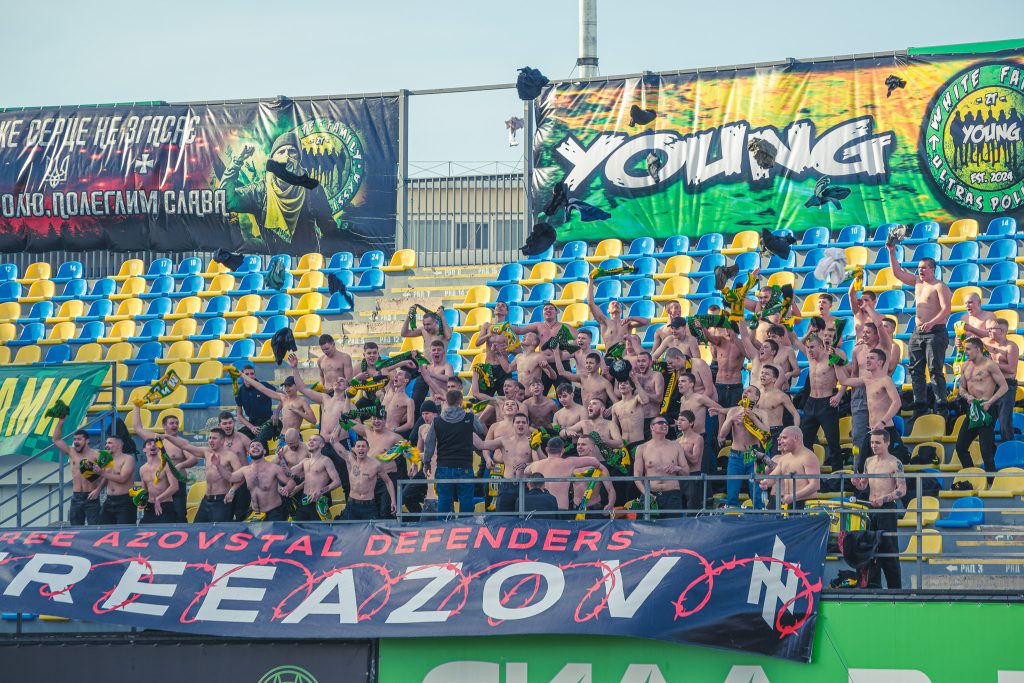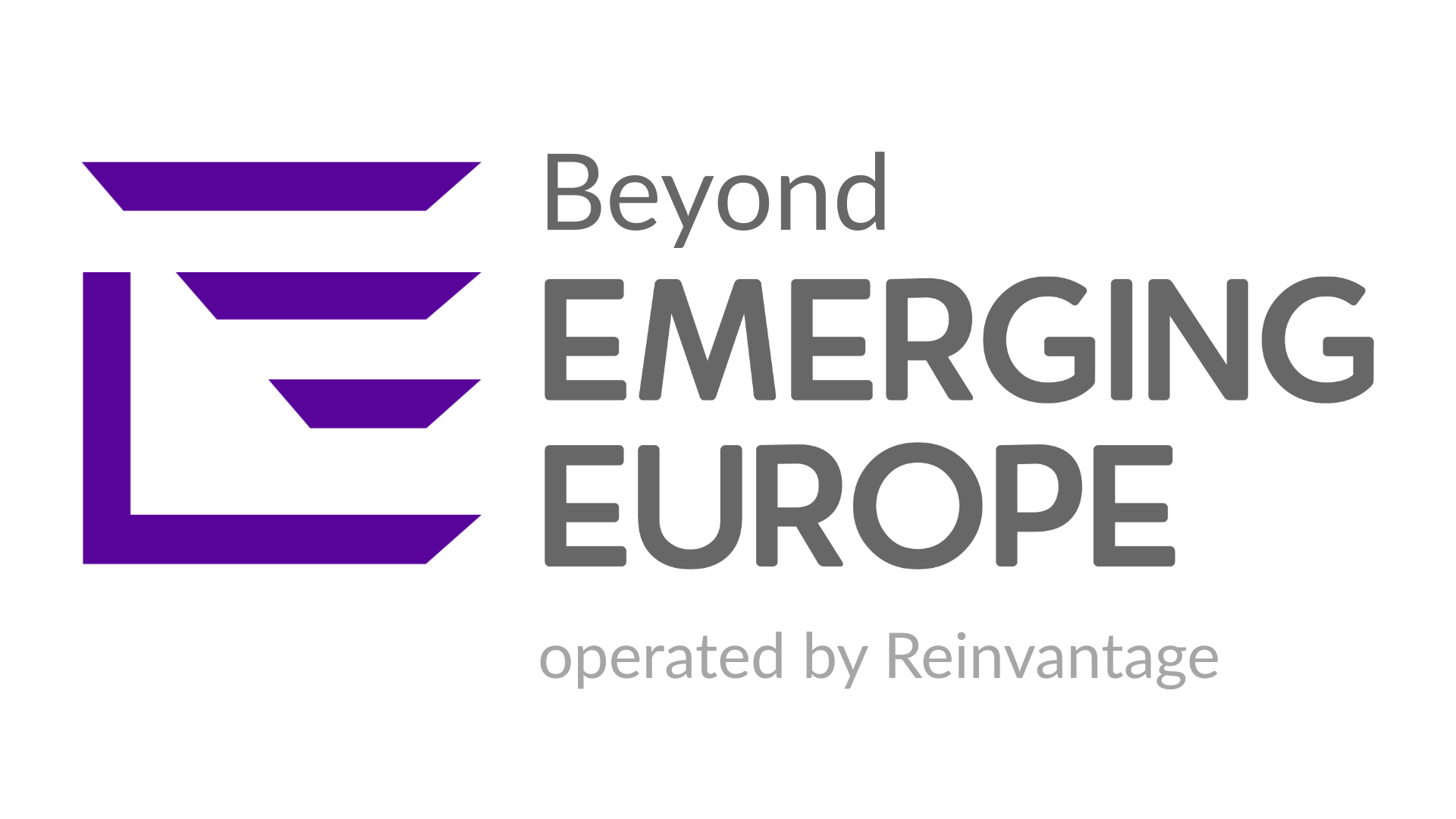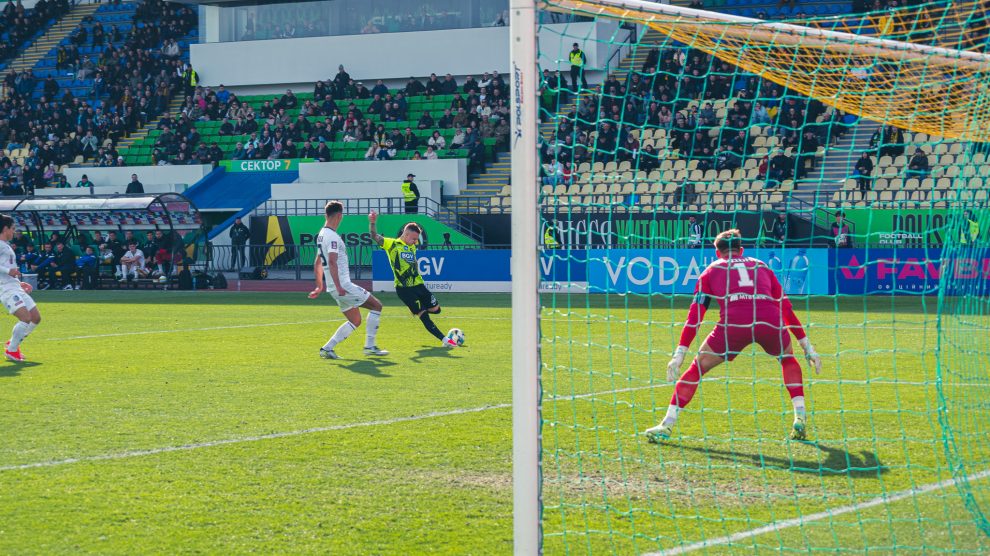Rebuilding the Ukrainian Premier Liha—once ranked among Europe’s top dozen leagues—will take time, investment, and most of all, peace. For now, football mirrors the country it represents: resilient, proud, and battered by forces far beyond the pitch.
It seemed as though Ukrainian football national team head coach Serhii Rebrov had gotten everything right as Ukraine came back from behind to win 3–1 against Belgium in the opening match of the recent Nations League playoffs.
In the second leg, however, Belgium thrashed Ukraine 3-0, and seemingly, Rebrov got it all wrong. Then Ukrainian football fans had to confront a sobering reality: as long as Russia continues its war against Ukraine, the chances of revitalising Ukrainian football to consistently compete at the highest levels remain slim.
The war has drained resources, displaced clubs, and disrupted the domestic league—making it nearly impossible to build the stable, competitive foundation needed for sustained success on the international stage.
Meanwhile, while Russia destroys Ukrainian football, UEFA recently honoured a former Russian footballer who fought against Ukraine.
At the UEFA Congress held on April 3, in Belgrade, UEFA honoured the memory of several football figures who passed away in 2024. Among them was Aleksei Bugayev, a former Russian national team player. Bugayev had been convicted of drug trafficking in September 2024 and sentenced to nine and a half years in prison. He subsequently joined the Russian military to fight in Ukraine, where he was killed in December 2024.
The devastating impact of war
The war’s impact on Ukrainian football has been devastating and increasingly visible in European competition. As British-Ukrainian football journalist Andrew Todos explains, Ukraine will soon lose its automatic Champions League group stage spot, with its top team entering from the second qualifying round next season and even earlier the season after.
“Unfortunately, we are currently in the midst of a decline,” Todos notes, pointing out that only Shakhtar Donetsk has managed to keep Ukraine’s UEFA coefficient afloat while other clubs, like Dynamo Kyiv, have consistently underperformed.
This decline stems in large part from the war, which has made it nearly impossible for Ukrainian clubs to attract the kind of top foreign talent they once could. Shakhtar, for example, has been forced to overspend on promising but unproven players, while the rest of the league struggles with both financial constraints and the difficulty of convincing players to move to an active war zone.

As Todos puts it, “the domestic league has lost a lot of its intensity,” putting Ukrainian sides at a serious disadvantage when facing European opponents accustomed to high-tempo, elite-level football.
Shakhtar Donetsk, long the country’s European standard-bearer, has done what it can to shoulder the burden. “If they had the opponents Dynamo had this past league phase, they would have done a lot better,” Todos notes. But even Shakhtar’s realistic ceiling now may be the Europa League, while Dynamo Kyiv—a club that once made regular Champions League appearances—may need to recalibrate entirely. “Dynamo need to drop down to the Conference League,” he says. “That’s very much their level of competitiveness.”
Hope beyond Ukraine’s borders
Mark Temnycky, a nonresident fellow at the Atlantic Council, states, “The Ukrainian Premier Liha is currently in a state of decline.” Before the full-scale invasion, the league ranked 12th in Europe, securing automatic group-stage berths in the Champions League. Now, due to weakened performances and structural challenges, it has plummeted to 23rd.
“The Russians have devastated several Ukrainian businesses and forced some teams to fold,” Temnycky notes. “Players have departed to join Ukraine’s top clubs—or even taken up arms to defend their country.”
The exodus of foreign players, loss of funding, and logistical chaos have all contributed to a drop in competitiveness at home and abroad. During the 2024-25 season, none of Ukraine’s clubs advanced past the new league-phase format of UEFA competitions.
While the domestic league continues to struggle, some signs of hope lie beyond Ukraine’s borders. Bradley Stafford, an Irish photographer living in Ukraine who closely follows Ukrainian football, sees the country’s growing pool of international players as a bright spot.
“Despite the drop off in quality in the domestic league, a number of international players now play abroad in the best leagues in the world,” he said. “We might see more players, such as Volodymyr Brazhko and Heorhiy Sudakov join them this summer.”
This trend, Stafford believes, could inspire the next generation. “It should encourage young Ukrainian players to work hard and aim for the top as the pathway is clearly defined.” Still, the consequences for the Ukrainian Premier Liha are clear: “The domestic league may suffer more as a result with its best players leaving. But with more players playing abroad, the quality of the national team in theory should improve.”

Unity and pride
While the domestic scene grows more fragile, the Ukrainian national team has offered a sense of unity and pride. Despite being forced to play ‘home’ matches in cities like Warsaw, Prague, and Hamburg, the squad has remained competitive, even qualifying for Euro 2024—a rare morale boost in a country enduring the strains of invasion and loss.
As Stafford points out, the migration of Ukrainian talent to stronger leagues may be a double-edged sword, but it could raise the national team’s ceiling in the years ahead.
Still, the challenges at home remain steep. Rebuilding the Ukrainian Premier Liha—once ranked among Europe’s top dozen leagues—will take time, investment, and most of all, peace. For now, football mirrors the country it represents: resilient, proud, and battered by forces far beyond the pitch.
Photos by Bradley Stafford.


Add Comment